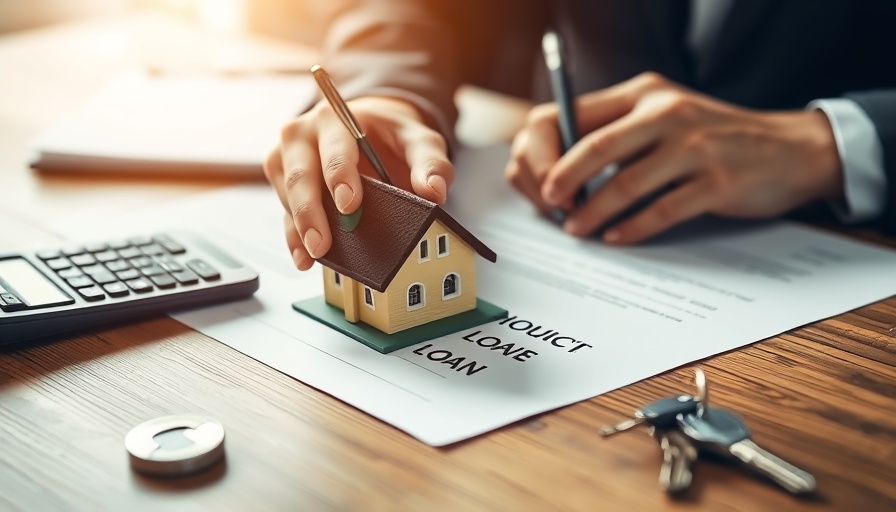
Understanding Blended Debt Rates: A Hidden Opportunity
In the world of mortgages, it’s easy to feel overwhelmed by interest rates and monthly payments. However, many homeowners overlook a critical component that can impact their financial future: their blended debt rate. This rate encapsulates not just the mortgage interest but includes higher rates from credit cards, personal loans, and auto loans that many homeowners carry. For instance, while a homeowner might celebrate a 5.5% mortgage, they might also unknowingly be tethered to credit cards with rates as high as 21%, raising their overall cost of borrowing significantly.
The Real Cost of Ignoring Total Debt
Understanding the total cost of all debts is essential for financial well-being. Just because a mortgage appears favorable doesn’t mean that the overall financial picture is healthy. The excess burden of high-interest debts can stifle cash flow, leading to more significant financial challenges down the line. Today's homeowners might find themselves with substantial equity; however, high debt-to-income ratios can limit their freedom. This is where a shift in perspective regarding debt becomes necessary.
Using Equity Wisely: The Key to Financial Freedom
There’s a common misconception in the lending community that leveraging home equity to settle debts is inherently hazardous. In reality, for many homeowners, the cost of consumer debt often exceeds what they would incur from a well-structured mortgage. Thus, tapping into that equity can provide financial flexibility, particularly if the savings made from lower monthly payments are strategically applied towards the mortgage principal.
Revisiting the 30-Year Mortgage Norm
The traditional 30-year mortgage is often seen as a default choice due to its perceived affordability. Yet, this can become a double-edged sword. Every time homeowners refinance or purchase a new home, they may reset their loan terms, inadvertently extending their path to financial freedom. Rethinking this model can lead to substantial savings on interest over time and pave the way for quicker ownership.
Actionable Steps for Homeowners
When considering debt restructuring, homeowners should first assess their entire financial landscape. Investigating all debts and calculating their blended rates can provide clarity. Following this, homeowners can formulate a strategic plan involving their equity to optimize costs. It’s not merely a matter of consolidation; it’s about managing expenses wisely for long-term benefits.
Conclusion: Empowering Homeowners With Knowledge
For homeowners, understanding the interplay of various debts can dramatically alter their financial trajectory. By focusing on blended debt rates and restructuring debt wisely, they can unlock a path to significant savings and improved cash flow. This approach not only fosters a healthier financial state but also reinforces the importance of planning and strategy in navigating futures filled with financial possibilities.
 Add Row
Add Row  Add
Add 




Write A Comment